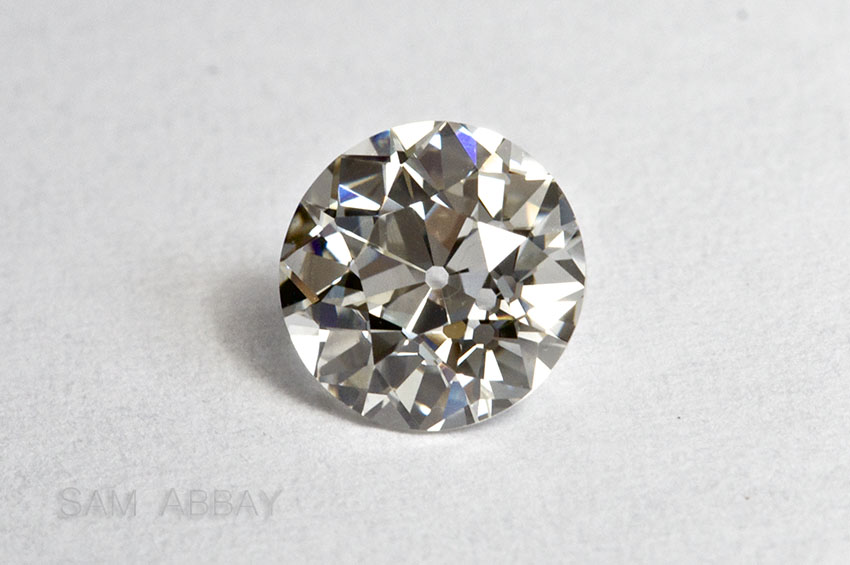Precious Metals for Wedding & Engagement Rings
|
Gold is the first metal used by humans and has since remained the most prized metal on Earth. Gold’s malleability, low reactivity, color, and value are the main reasons for its high demand. Malleability is how much a metal can be bent and formed into shape without cracking. Ductility is how long it can be drawn into a wire. Gold is both the most malleable and most ductile of all metals. With the proper tools, the gold content of the average wedding ring from my shop can be drawn into a wire over a mile long. Goldsmiths have been forming beautiful objects from gold for over 5 thousand years. Because of gold’s low reactivity, those pieces last. Polished pure gold won’t tarnish or discolor under any natural circumstances. Gold will, however, alloy with other metals at the right temperatures. Add a little copper, the yellow gold turns pink. Add silver only, and you get yellow with a slight tinge of green. Add both, and the gold becomes a less saturated yellow. White gold is made white with the addition of palladium (what I usually use in my shop) or nickel (less expensive, better for mass production, much more common). There are many misconceptions about white gold among consumers. Please read this page on white gold if you are interested in a white gold ring. I am enthusiastic about metallurgy and offer 10 different alloys of gold to choose from for your wedding rings. Colors include 4 shades of yellow gold, 4 shades of pink/rose/red gold, and two of white. All gold alloys are 18k and above unless specifically requested. High karat golds have a higher density and color saturation, cost more, and scratch more easily. Pure gold is very soft, and is a dream to work with. It is too soft, however, for delicate items such as chain or very thin or narrow rings. Customers interested in pure gold rings should opt for thicker rings. Gold purity is measured in karats - each karat signifies 1/24th purity. That means that 24k is pure gold, while 18k is 18/24th = 75% gold by weight. It is important to remember that it is measured by weight - not by volume. Typical 10k gold alloys are 42% gold by weight, but closer to 20% gold by volume. 18k purple gold - which is gold mixed with aluminum - is less than 25% gold by volume. I recommend that any rings we make in my shop be 18k and above, with only a few exceptions. I will generally source gold for my customers, except when people bring in family gold for sentimental reasons. |
White Gold - Yellow Gold - Red Gold - High-Karat Gold - Boutique Golds - Bring your family gold |
|
| © 2019 Sam Abbay - New York Wedding Ring dba Sam Abbay |

